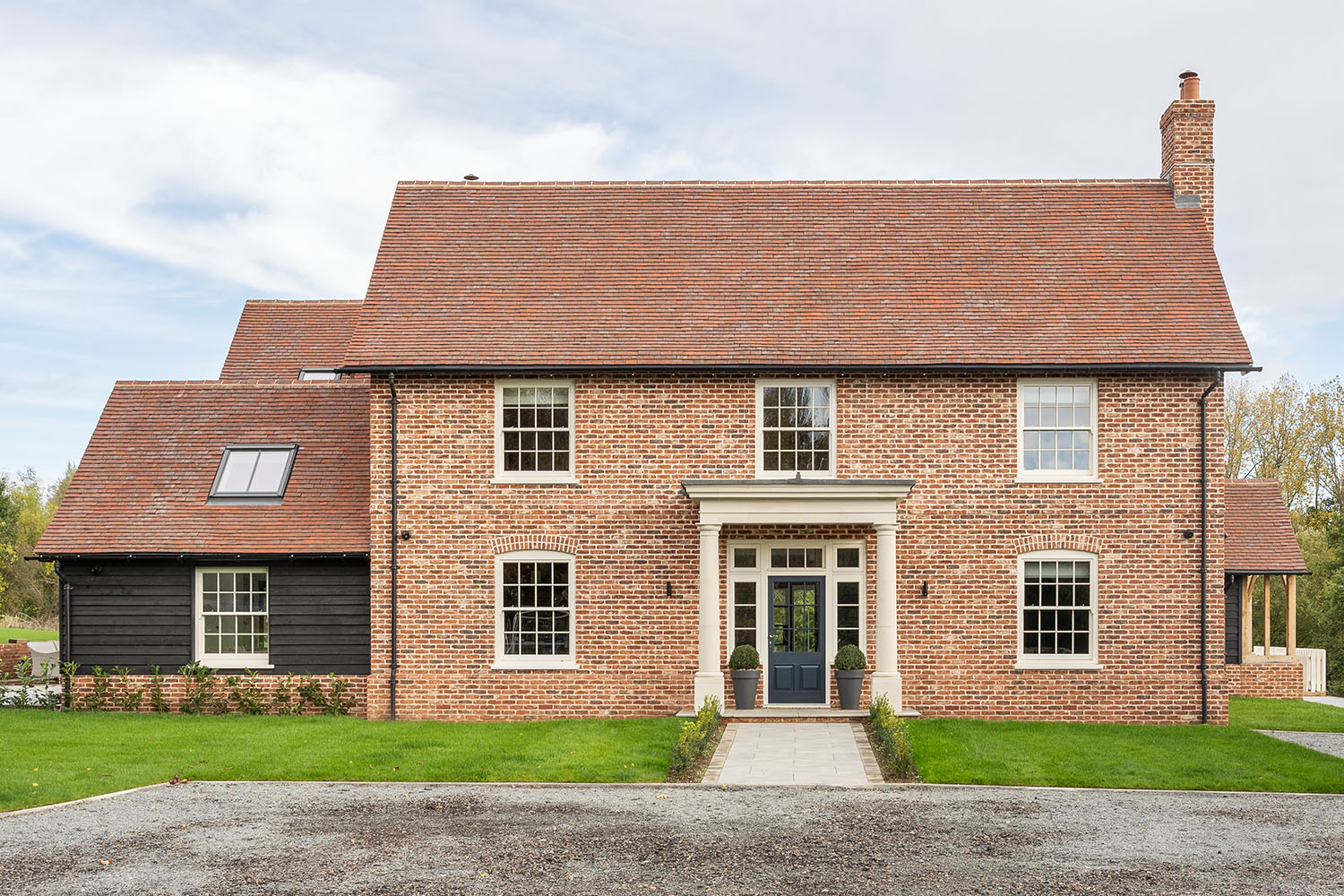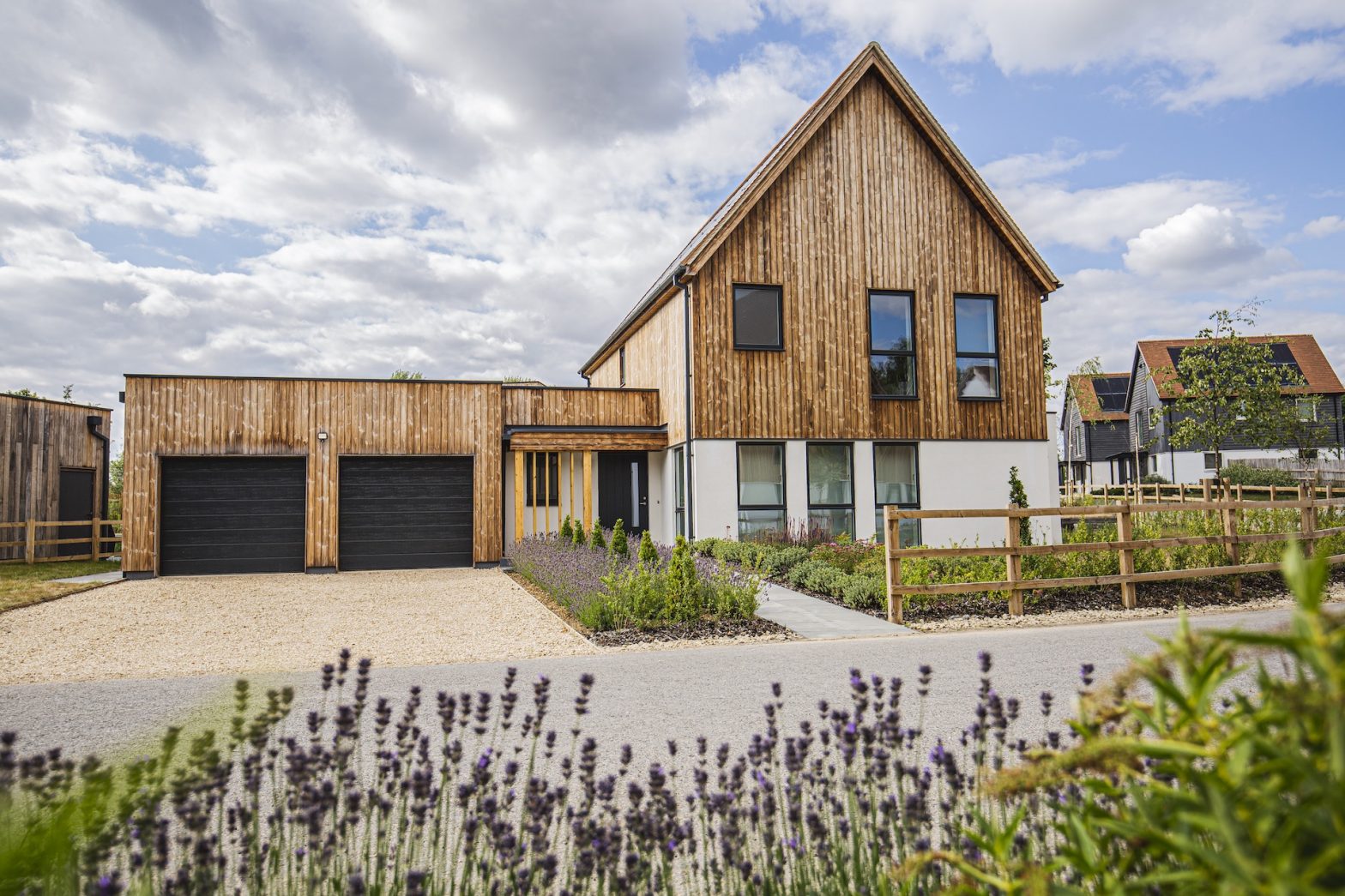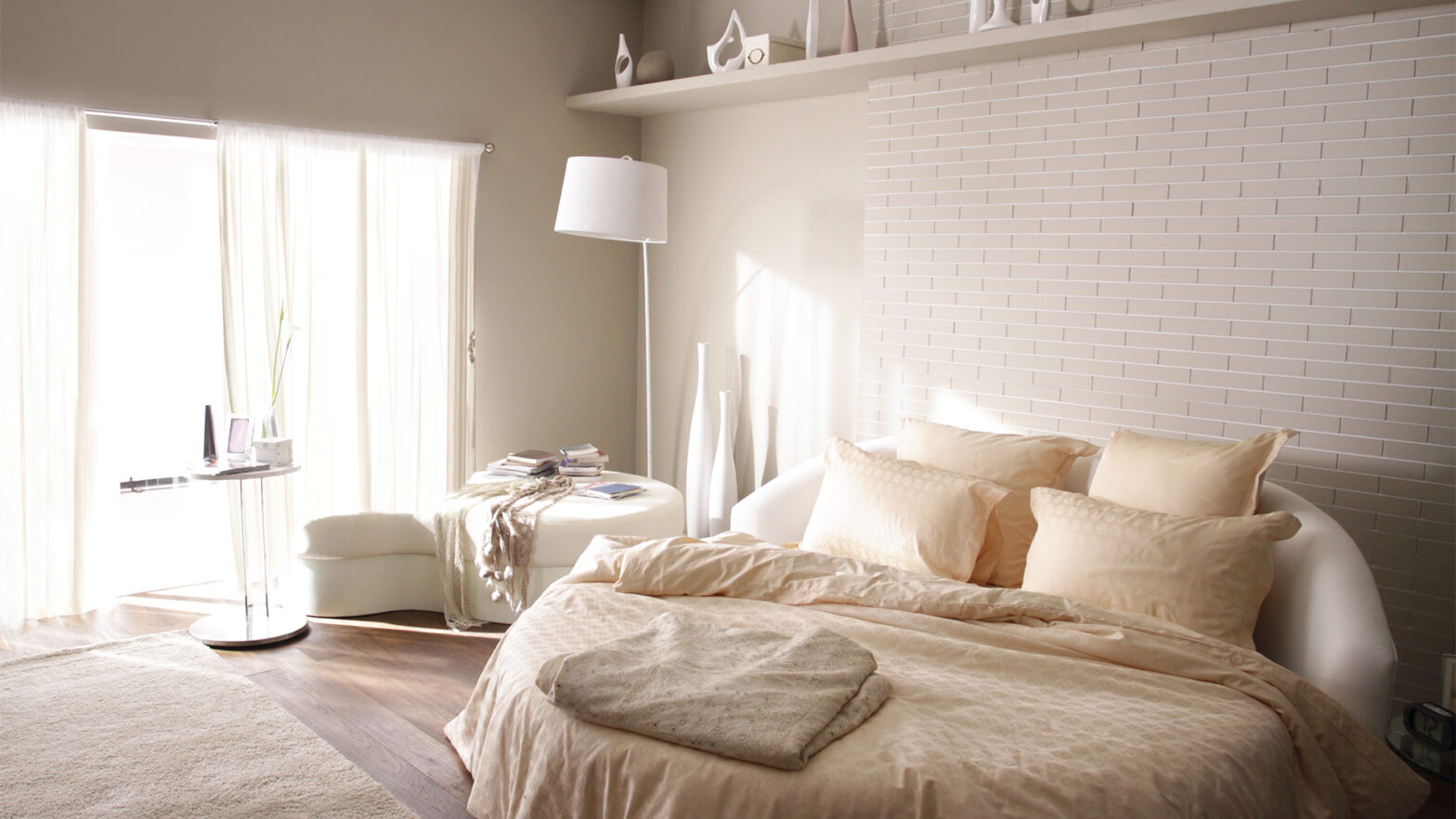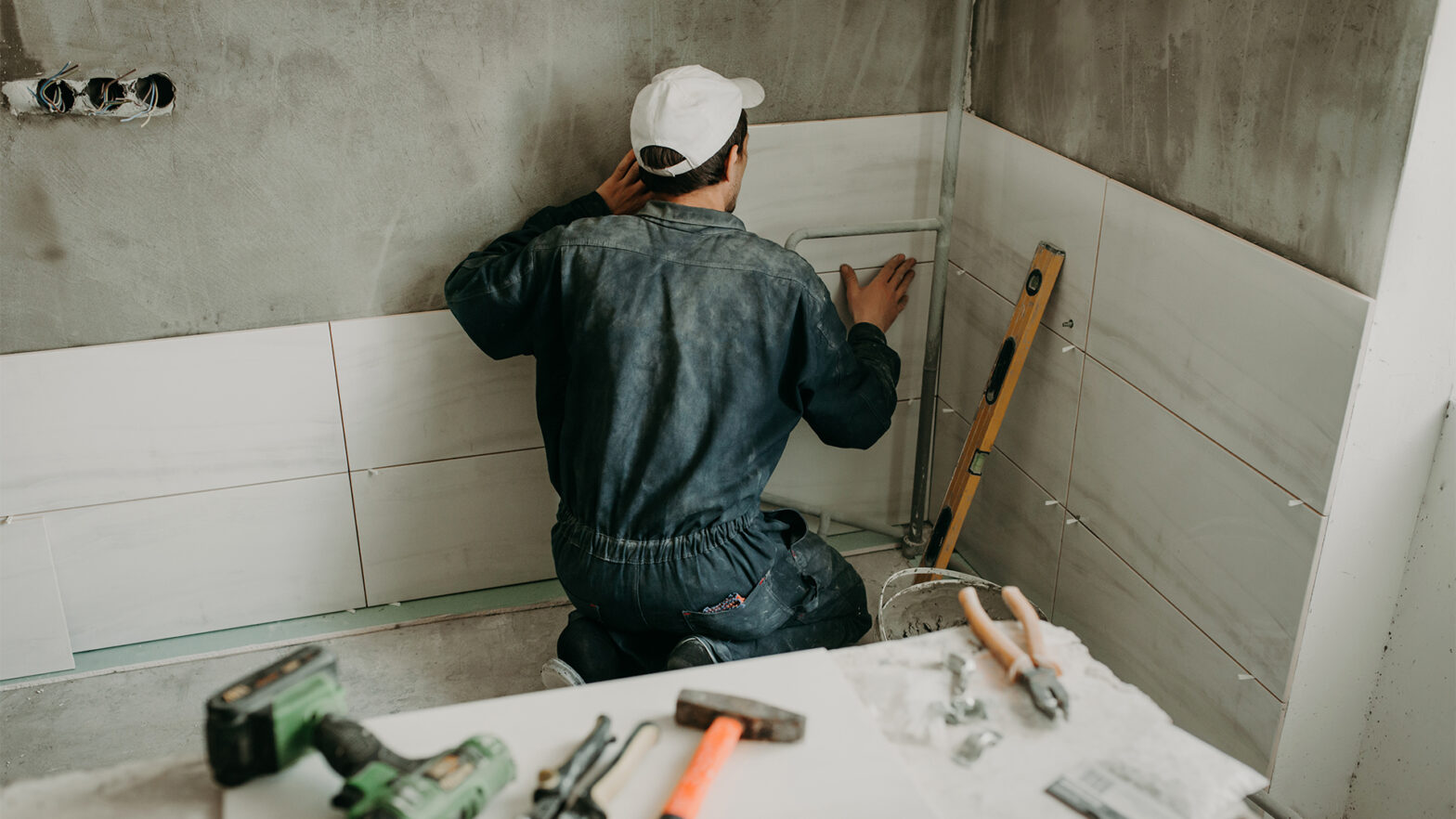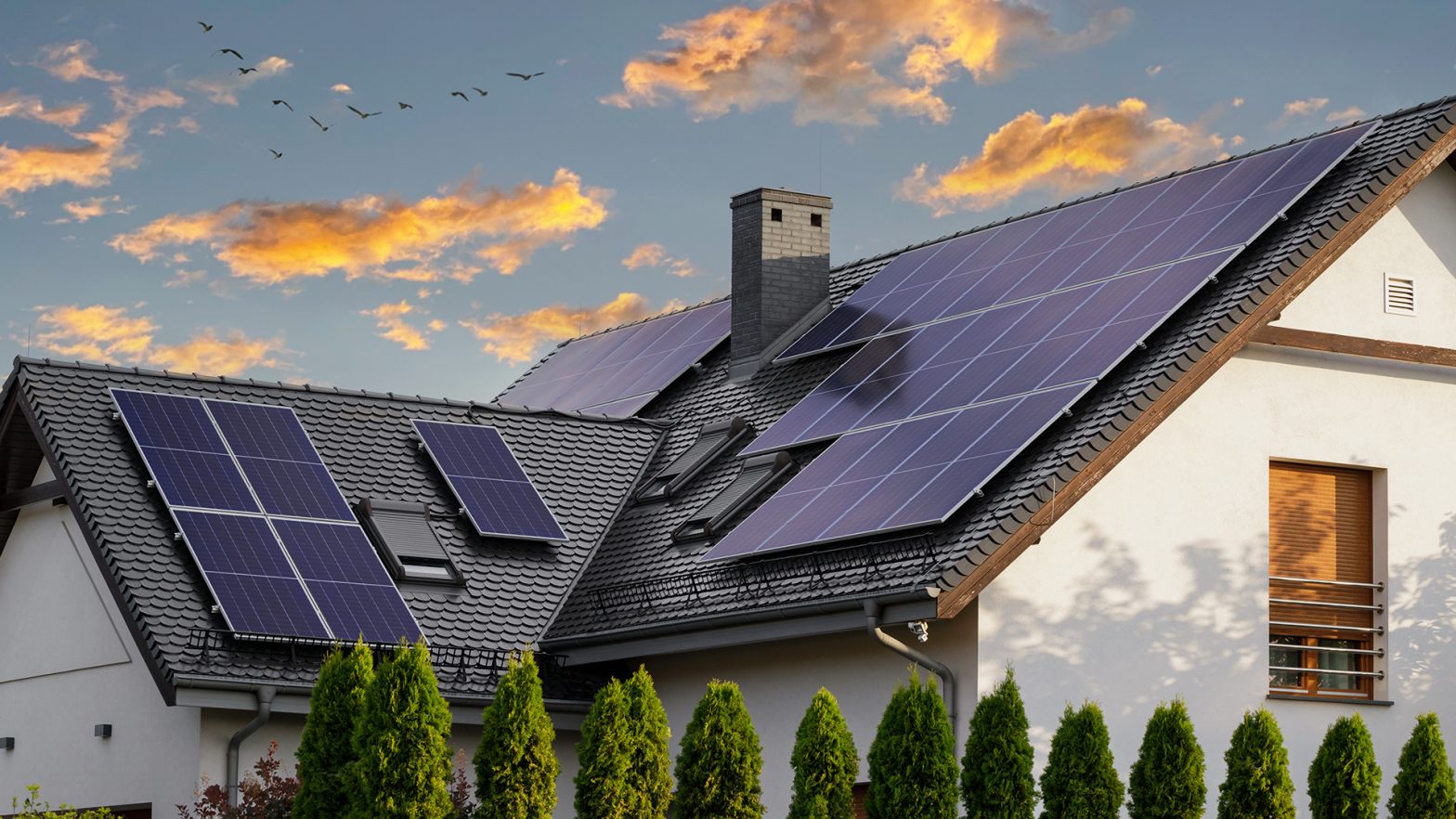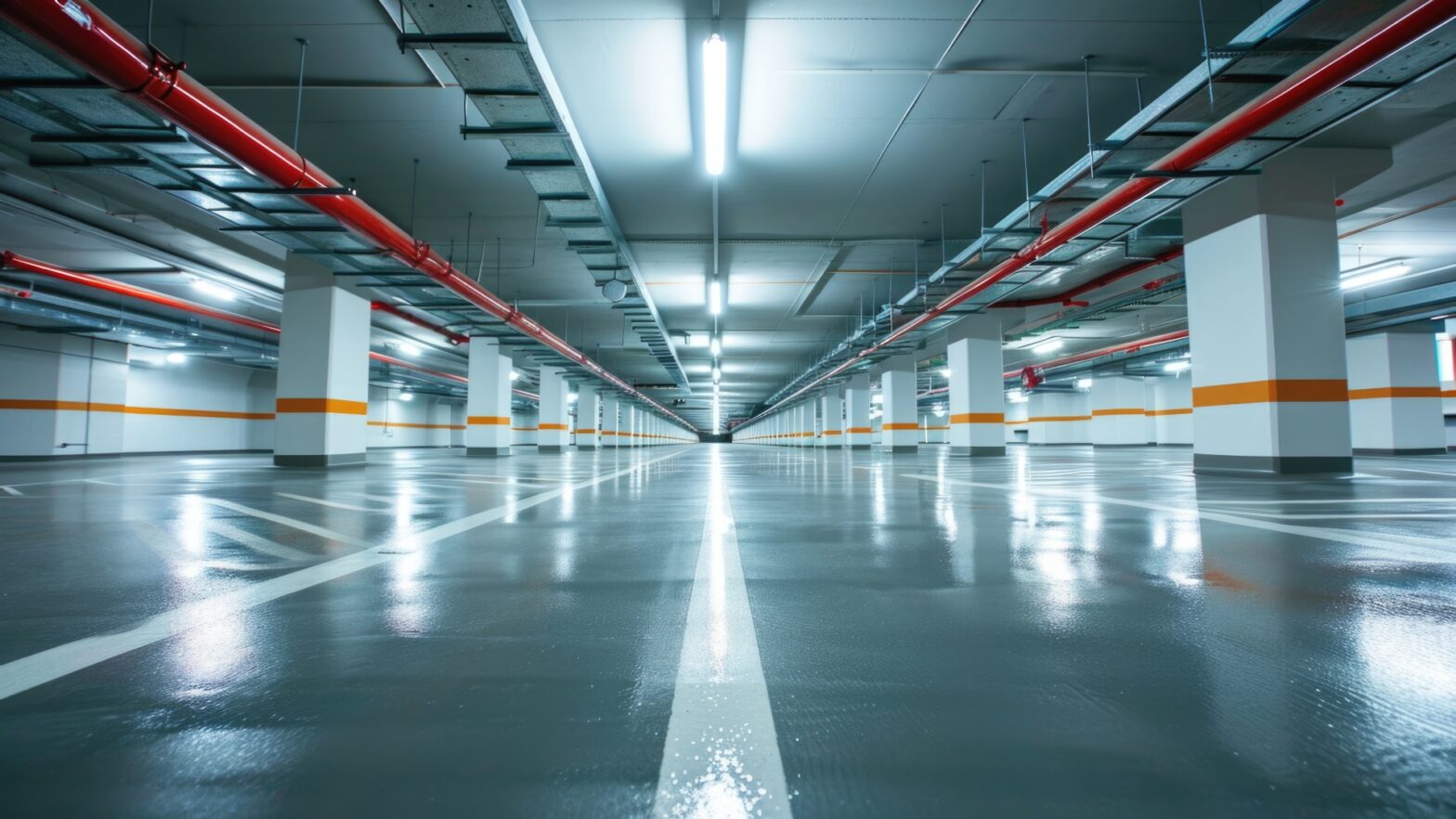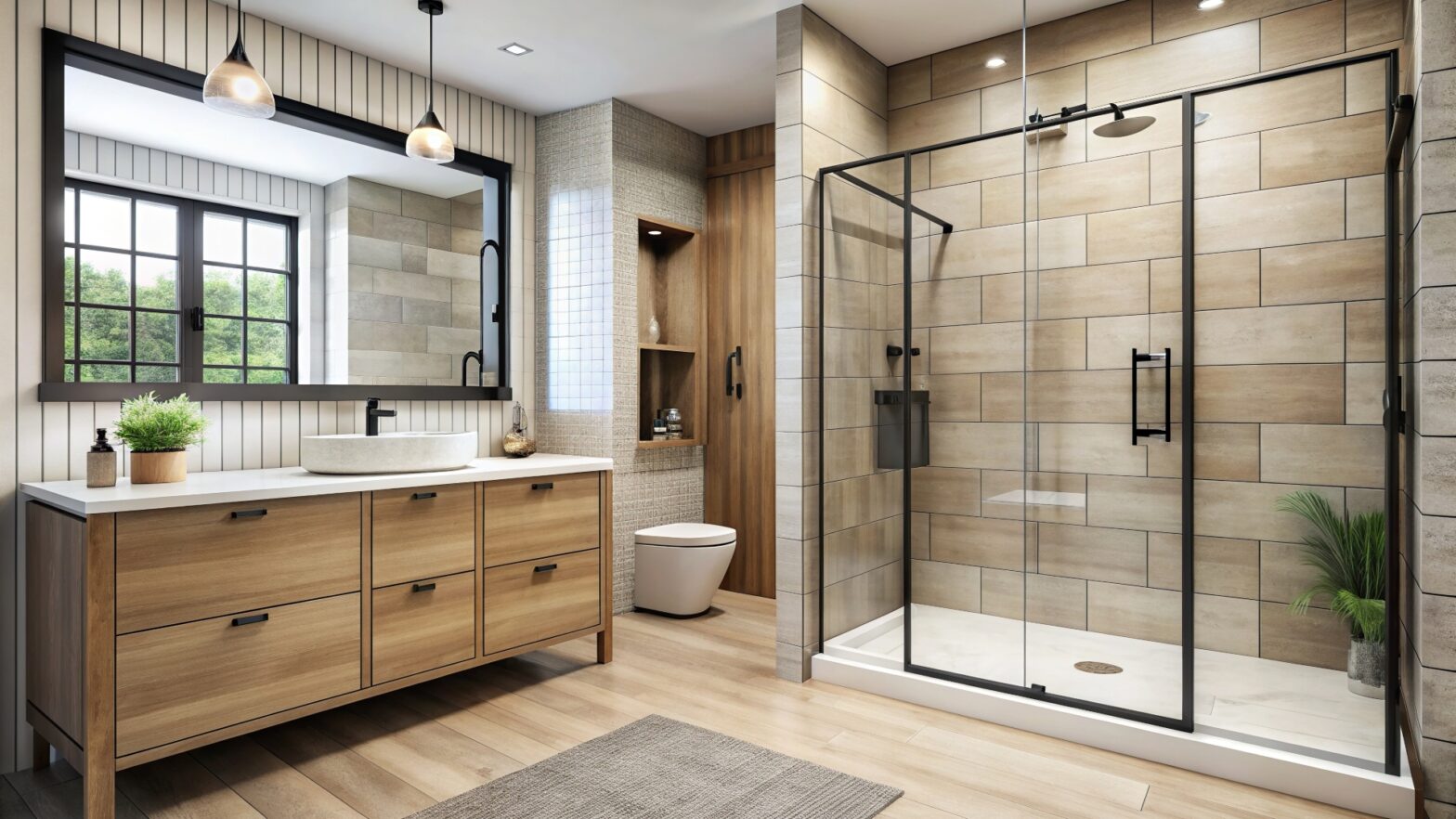As 2023 unfolds, the world finds itself amidst a breathtaking era of innovation and transformation – especially in construction and architectural design. The developments of this year are nothing short of extraordinary. As we delve into the unmissable developments for 2023, prepare to be captivated by a tapestry of remarkable achievements, including architectural marvels that push the boundaries of creativity and ingenuity and groundbreaking properties that redefine the essence of luxury and functionality.
Join us and prepare to be inspired by the future of developments built to turn heads and impress.
#1 Award Winning Climate Positive Homes in Springfield Meadows, Oxfordshire.
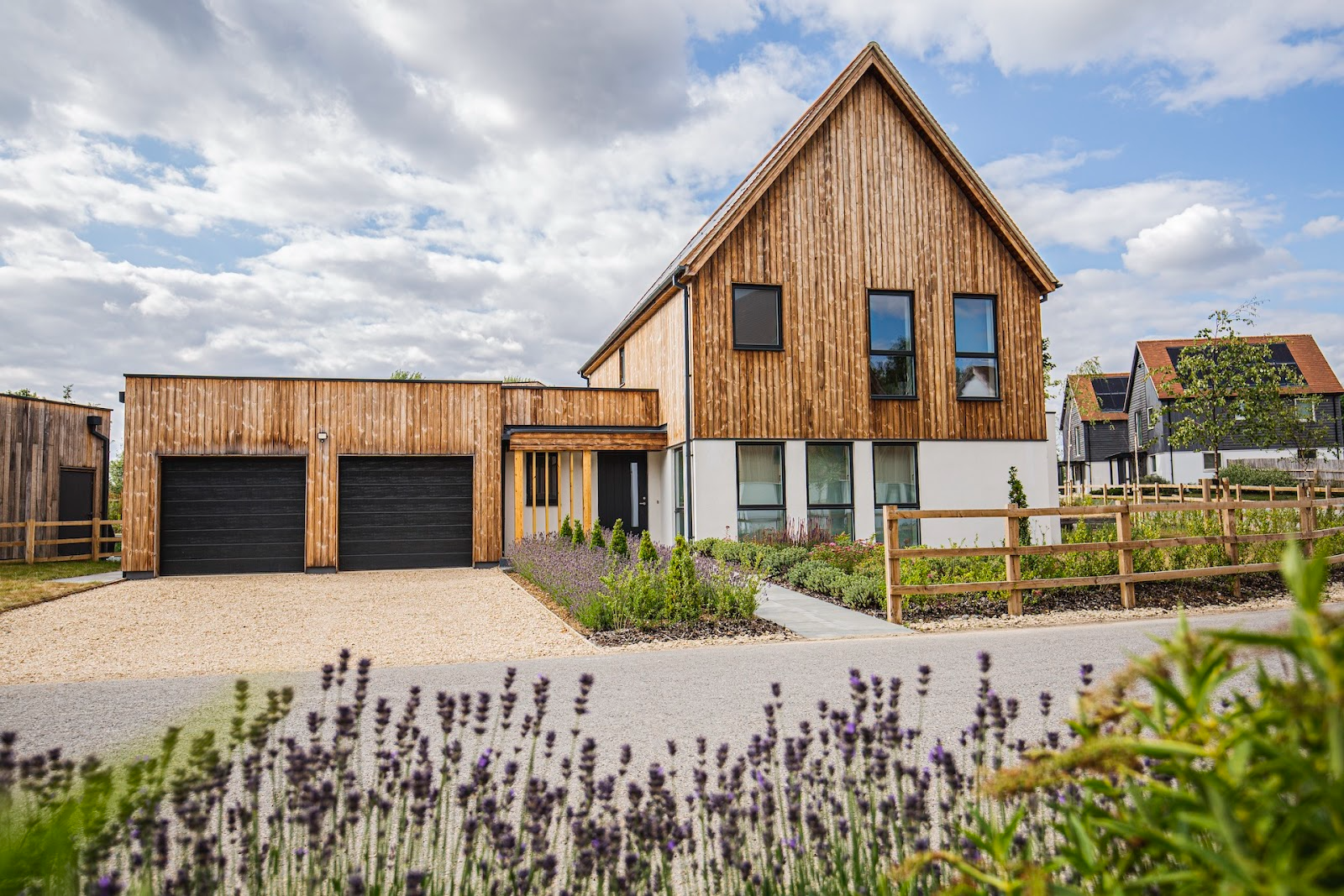
Climate-positive homes enable developers and builders to build sustainable and eco-friendly homes by locking up carbon in construction and utilising renewable energy.
The Springfield Meadows development project by Greencore Homes is a multi-award-winning project comprising 25 eco-friendly homes – 16 of which are private and 9 of which were built to be more affordable.
Each property has been built to the same Passihauv standards and features a Biond system, a closed panel timber frame construction, insulated with Lime-Help and natural fibre insulation.
The Springfield Meadows development project might be the UK’s most sustainable development, and here’s why.
- Net zero energy in use.
- Zero embodied carbon.
- BBO Wildlife Trust partnership.
- One Planet Living global leadership.
- The elimination of gas utilities creates an all-electric development, which works to decarbonise the grid.
#2 Erne Campus – The World’s First Educational & Largest Passivhaus Premium Rated Building.
Erne Campus is an 8,200m2 university campus in Northern Ireland. It’s the first UK building to achieve Passivhaus Premium status and BREEAM outstanding accreditations, a testament to its innovation, design and sustainability.
The previous campus was built in 1971, had a D energy rating, and consumed 100,000 litres of heating oil yearly. The Passivhaus design cuts carbon emissions by a whopping 90%! The building also uses heat exchangers to recover warmth from outgoing air and solar panels on the roof, generating four times more power annually than the building uses.
#3 Blackbird, An Award-Winning Home in The Cotswolds.
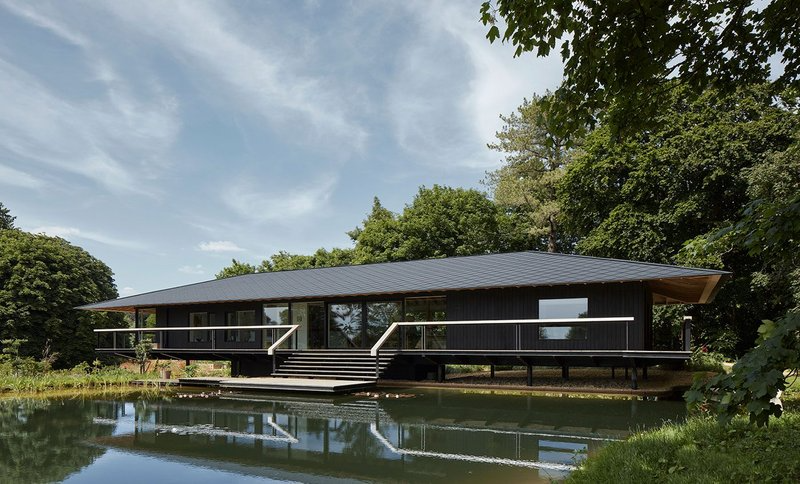
Blackbird is a new build house situated in the Cotswolds. It’s surrounded by protected woodland and is worlds apart from the usual limestone buildings the Cotswolds is usually known for.
This home is mainly constructed from timber, with charred timber on the walls and black oak flooring. The land also features a small artificial lake, topped up by rainwater collected from the roof. It also features water-source heat pumps that heat the house in the winter, and the water helps cool the house and the immediate area around the home in the summer.
#4 Cambridge’s First Cohousing Community in Marmalade Lane.
Located in Cambridge and designed by Mole Architects, Marmalade Lane was designed to bring together a community who are eager and inspired to create a more sustainable, social future.
It comprises 42 award-winning homes with community facilities, a shared garden and a car-free lane.
Marmalade Lane only uses sustainable raw materials, the Trivselhus climate shield building system and passive energy design principles to produce energy-efficient and sustainable homes. Furthermore, each home benefits from mechanical ventilation and heat recovery systems. These deliver clean air, reduce heat loss and generate renewable energy by air-source heat pumps.
#5 Spectular Self Build Home in Essex.
Formerly an old house sitting on a picturesque 9-acre plot of land that had fallen into disrepair, this self-build property was nominated for ‘self-build of the year’ at the LABC awards.
The authentic property combines traditional red brick with dark cladding, Georgian timber sash windows and French doors with gothic arched bars courtesy of Dale Joinery. This is an exceptional family home that boasts a traditional appearance. Timber was the sustainable choice for this home compared to non-renewable materials like concrete and steel. Furthermore, timber has excellence thermal insulation properties, is energy efficient and has a greater lifespan than any other material.
